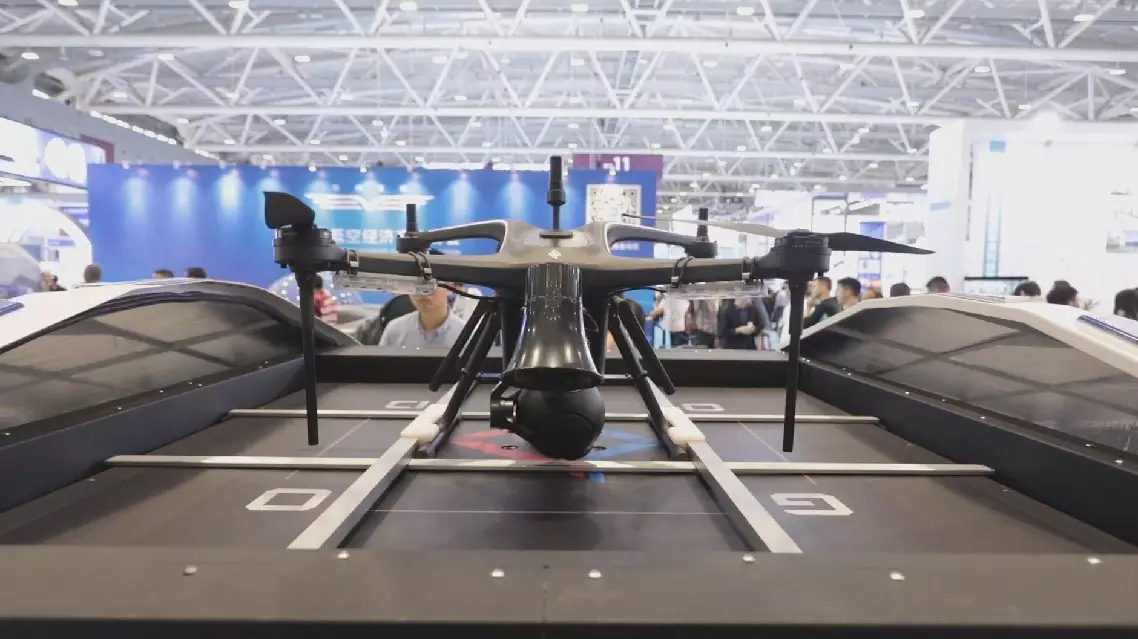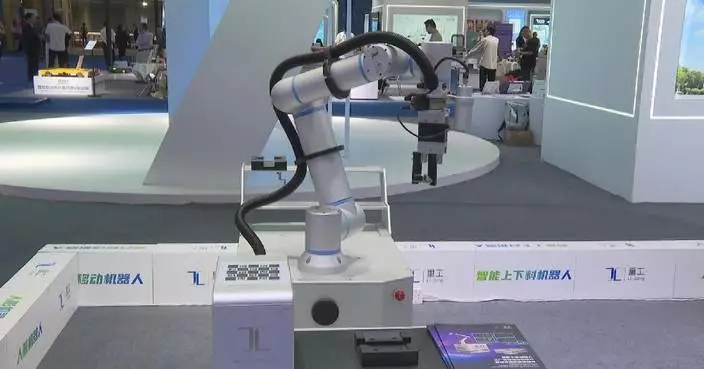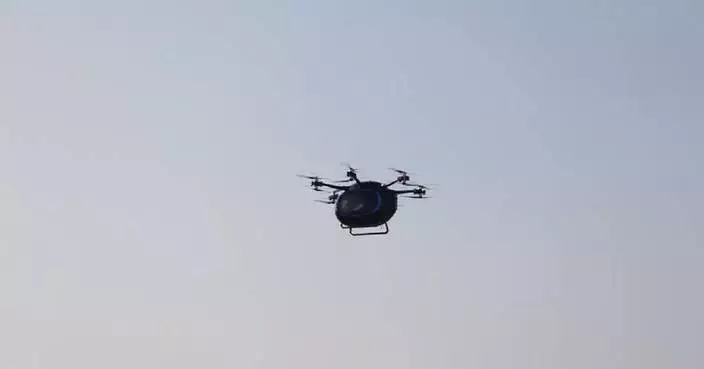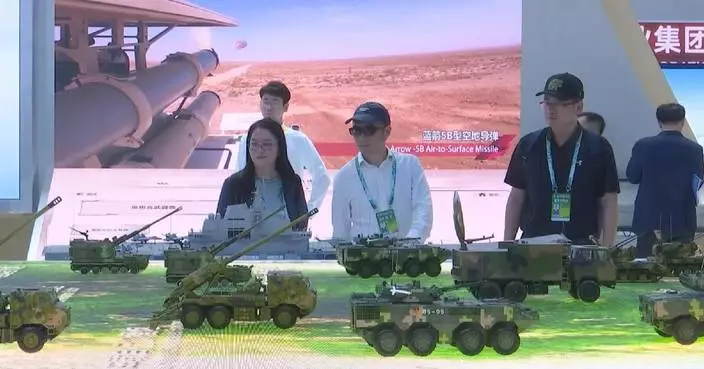China's Shenzhou-19 crew aboard the orbiting Tiangong space station have adapted to the new environment in China's Tiangong Space station, starting to engage in their daily routines orderly after they boarded the station over half month ago, according to the China Manned Space Agency (CMSA).
The crew members, Cai Xuzhe, Song Lingdong and Wang Haoze, were sent into the space station on Oct 30 for a six-month mission.
In close coordination with ground researchers, the Shenzhou-19 crew have completed their first full-system pressure emergency drill and in-orbit medical training since their arrival.
The former drill simulated the process of the crew members responding to an internal depressurization scenario in the space station, which involves astronauts and ground personnel collaborating in emergency response throughout the entire process.
The in-orbit medical training simulated the procedures for providing medical assistance in the event of sudden illness or injury among astronauts, aimed to help the crew become more familiar with the locations of devices in the space station, review usage methods, and reinforce operational processes and skills.
During the mission, the crew will carry out extravehicular activities, including the installation of space debris protection devices.
Last week, the three astronauts completed routine checks and maintenance of their space suits, and set their storage conditions, ensuring that the suits are in good condition.
While in orbit, the crew are required to regularly conduct environmental monitoring and equipment maintenance within the space station.
Last week, Shenzhou-19 commander Cai Xuzhe inspected the cabin's acoustic environment.
Additionally, the crew completed inspections and maintenance of the regenerative life support system equipment.
Furthermore, the crew also regularly carried out tasks such as cleaning, supplies arranging and transfer, and garbage transfer and storage to maintain a clean environment in the space station.
Besides, the astronauts also underwent regular medical checks to monitor their health and do physical exercises.

China's Shenzhou-19 crew adapt to work, living conditions in space: space authority

China's Shenzhou-19 crew adapt to work, living conditions in space: space authority
A "low-altitude economy" special session was set up for the first time at the 26th China Hi-Tech Fair (CHTF), featuring strong participation from industry associations and meteorological agencies.
The fair, which opened Thursday and concluded on Saturday in the southern tech hub of Shenzhen, saw over 4,300 new products and technologies making their debut.
Attracting over 1,000 purchasing delegations from more than 100 countries and regions, the event saw a total of 869 contracts signed, with the intended transaction volume exceeding 120 billion yuan (about 16.6 billion U.S. dollars).
The Shenzhen Low-altitude Economy Industry Association played a key role at the session, working tirelessly to provide solutions for clients.
"This is an automated drone airport. It facilitates seamless battery swaps for drones, ensuring uninterrupted outdoor operations. For example, if a hiker goes missing in remote mountains at night, the thermal-imaging pod can carry out a comprehensive search, locate the person, and capture images to aid swift rescue efforts," said He Tao, an exhibitor.
Meteorological monitoring and early warning technologies are vital to the growth of the low-altitude economy.
At this year's fair, the newly launched section dedicated to meteorological services for the low-altitude economy featured the latest innovations from over 20 domestic meteorological technology companies, emphasizing the importance of weather-related technologies in the industry's growth.
"Our portable laser ceilometer can precisely measure cloud height, coverage, and thickness in real time. Based on this data, it provides a weather forecast for the next 15 minutes," said Pei Huanqing, another exhibitor.
This year's fair also saw the Shenzhen Institute of Meteorological Innovation (SIMI) sign agreements with various meteorological firms to form an industry alliance, aimed at offering one-stop solutions to potential buyers.
"The demand for infrastructure in the low-altitude economy greatly exceeds supply, with many needs still unaddressed due to the lack of mature solutions. Many companies are still exploring this unfamiliar territory. By clustering these companies, we can provide faster and more comprehensive solutions," said Cai Yinyin, deputy head of the SIMI.
With the total exhibition area topping 300,000 square meters, this year's CHTF has set up 22 exhibition halls for various sectors such as AI and robotics, low-altitude economy and aerospace, future technologies and smart cities, and new materials, showcasing a number of the latest high-tech products and technologies.
More than 30,000 institutions and organizations around the world, including government departments, central state-owned enterprises, business associations, research institutes, universities, and multinational companies, have organized delegations to visit and purchase at the grand event.

26th CHTF launches dedicated session to boost low-altitude economy











